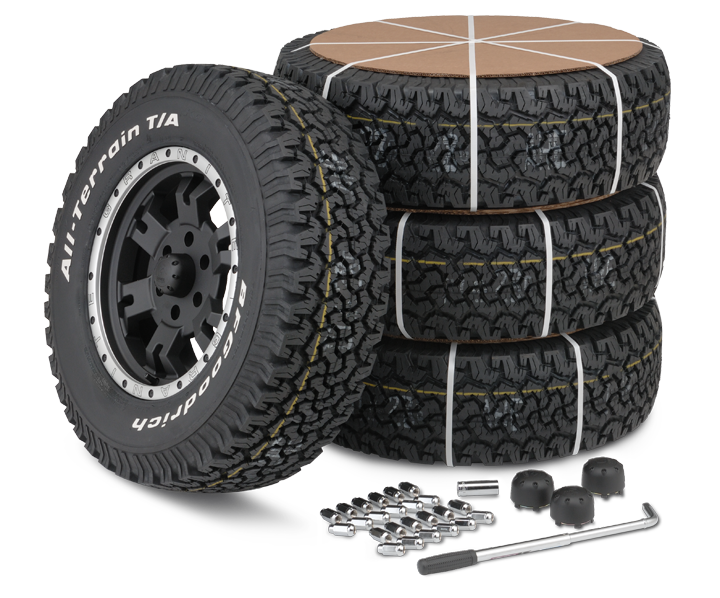Check Out Exclusive Mopar Tire Service Specials in Morris Today
Check Out Exclusive Mopar Tire Service Specials in Morris Today
Blog Article
Tire Service: Understanding Tire Stress Monitoring Equipments
Understanding Tire Pressure Tracking Solutions (TPMS) is an important element of maintaining optimum automobile efficiency and safety and security on the roadway. With innovations in automobile modern technology, TPMS has actually ended up being a standard feature in contemporary cars, providing real-time details on tire pressure levels. Digging deeper into the complexities of TPMS, one can reveal the numerous components that compose this system and the value of each in guaranteeing accurate surveillance. From straight to indirect TPMS systems, the landscape of tire stress tracking varies, each with its distinct collection of considerations and advantages. Keep tuned to untangle the complexities of TPMS, from upkeep ideas to the obvious advantages of keeping your tires properly inflated. mopar tire service specials.

Relevance of TPMS
The importance of Tire Pressure Surveillance Systems (TPMS) depends on their capacity to enhance vehicle safety and security and performance with real-time tracking of tire stress degrees. Keeping the right tire pressure is vital for making certain ideal handling, braking, and total security of a vehicle. TPMS gives drivers with immediate feedback on any underinflated or overinflated tires, enabling prompt changes to be made.
Components of TPMS
Making up numerous crucial elements, a Tire Stress Monitoring System (TPMS) operates as an advanced safety attribute in modern lorries. The primary components of a TPMS include sensors, a control component, and a caution indicator. Sensors are normally located in the tire shutoff stem or attached to the wheel assembly, where they measure tire stress and transmit data to the control module. If it finds considerably reduced stress in any of the tires, the control module procedures this information and activates a warning. The caution indicator, usually a sign on the control panel, informs the vehicle driver to examine the afflicted tire or tires. Some progressed TPMS designs additionally display the actual tire pressure analyses for every tire, giving vehicle drivers with real-time details to make certain optimum tire performance and security. By keeping track of tire stress constantly, TPMS helps prevent crashes, reduces tire wear, and enhances gas performance, making it a critical part for car security and efficiency.
Kinds of TPMS

On the other hand, indirect TPMS relies upon the car's wheel rate sensing units to keep an eye on tire pressure. This system discovers underinflation by contrasting the rotational speeds of the wheels. Indirect TPMS is much less pricey than direct TPMS, as it uses existing sensing units within the car.
While direct TPMS uses a lot more precise readings, indirect TPMS is less complex in layout and generally requires much less upkeep. Both systems have their constraints and benefits, and the option between them commonly depends upon elements such as price, automobile make, and personal preference. Comprehending the distinctions in between these 2 kinds of TPMS can aid car proprietors make notified choices regarding tire upkeep and safety and security.
TPMS Upkeep Tips
Effective upkeep of TPMS is important for guaranteeing ideal efficiency and safety and security of your car. Consistently inspecting the TPMS sensors for any type of damage or deterioration is crucial. Guarantee that the sensors are tidy and cost-free from particles that can disrupt their functioning. In addition, it is a good idea to check the sensor batteries occasionally and change them as required to ensure exact readings. Conduct routine examine the tire stress degrees and contrast them with the TPMS analyses to ensure they correspond. If there are any type of inconsistencies, recalibrate the system following the maker's guidelines. During tire turning or substitute, make sure that the TPMS components are dealt with very carefully to stop any type of prospective damages. If the TPMS alerting light brightens on the control panel, resolve the concern immediately by checking the tire stress and the total system for any faults. By adhering to these upkeep suggestions, you can lengthen the life-span of your TPMS and enhance the security of your driving experience.
Benefits of Proper Tire Stress
Maintaining appropriate tire stress, as highlighted in TPMS Maintenance Tips, is essential for reaping the various advantages related to optimum tire pressure levels. Among the key benefits of preserving the proper tire stress is improved gas performance. When tires are appropriately pumped up, there is much less moving resistance, leading to better fuel economic climate. Additionally, appropriate tire pressure makes certain even tire wear, extending the life expectancy of the tires and advertising much safer driving conditions. With the best tire stress, vehicles additionally have better handling and grip, especially in adverse climate conditions. This can enhance overall driving performance and security for the vehicle driver and guests. Additionally, keeping ideal tire pressure can add look these up to a smoother and more comfortable trip by decreasing vibrations and noise triggered by underinflated tires. Finally, the benefits of proper tire pressure surpass simply tire long life; they encompass boosted fuel efficiency, enhanced go to the website safety and security, far better car efficiency, and overall driving convenience.
Verdict
Finally, recognizing tire pressure tracking systems (TPMS) is essential for maintaining ideal tire stress and ensuring automobile safety and security. By recognizing the significance of TPMS, recognizing with its parts, recognizing the different types offered, adhering to correct upkeep suggestions, and understanding the advantages of maintaining appropriate tire pressure, vehicle drivers can boost their driving experience and lengthen the lifespan of their tires. Proper tire stress is essential to effective and secure vehicle operation.

Report this page